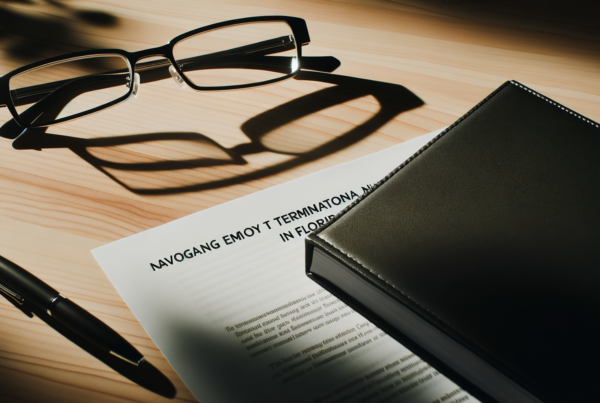Hurricane season brings a wave of uncertainty, especially for homeowners and businesses located in vulnerable zones. Understanding how to file a hurricane damage insurance claim can significantly alleviate the stress and financial burden post-disaster. With winds strong enough to uproot trees and floodwaters high enough to inundate homes, quickly and effectively navigating the claims process is crucial. This article will provide a comprehensive guide on assessing damage, documenting losses, and working with insurance agents to ensure you receive the compensation necessary to restore your property. By following these key steps, you can enhance your chances of a successful claim and start your recovery journey as smoothly as possible.
Assessing the Damage
The first step in filing a hurricane damage insurance claim is thoroughly assessing the extent of the damage to your property. Begin by safely inspecting your home for any visible signs of structural damage, such as missing shingles, broken windows, or water intrusion. It is vital to document everything. Take clear photographs of damaged areas, both inside and outside of your home, to support your claim later. Make a detailed inventory of damaged items, noting their condition and approximate value. Also, be vigilant for hidden damage that could develop over time, such as mold growth or foundational issues. A meticulous assessment ensures your claim accurately reflects the full scope of your losses.
Documenting Your Losses
After assessing the damage, the next step is to document all your losses thoroughly. Keep a record of conversations with insurance representatives and any actions taken to mitigate further damage, such as temporary repairs. Create a clear and organized file that includes all evidence of your losses, from photographs to receipts for repairs and replacement of damaged items. This comprehensive documentation is essential not only for filing your claim but also for ensuring a smoother claims process. In many cases, insurance companies may require specific forms or detailed descriptions to process your claim efficiently, so having everything prepared in advance can speed up the overall process.
Contacting Your Insurance Company
Once you have documented your losses, it’s time to contact your insurance provider. Review your insurance policy beforehand to understand what types of damage are covered and any deductibles that may apply. When you contact your insurer, provide them with the necessary details of the damage, along with your documented losses. Be prepared to discuss your policy coverage and the specifics of your claim. It may also be beneficial to ask about the claims process timeline and any additional information they may require from you. Keep a record of all communications in case you need to refer back to them as you navigate the claims process.
Working with Adjusters and Finalizing Your Claim
Insurance adjusters will likely be sent to assess the damage and verify your claim. During their visit, be present to provide context and answer any questions they may have about your documentation. It’s essential to communicate openly and accurately during this evaluation as their report will heavily influence your claim’s outcome. After the adjuster’s assessment, your insurance company will send you a formal decision regarding your claim. If your claim is approved, review the settlement offer carefully. Ensure it covers all your documented losses before accepting the offer. If you believe the settlement is inadequate, you have the right to negotiate or appeal, armed with your detailed documentation to support your stance.
In conclusion, filing a hurricane damage insurance claim involves several crucial steps, including assessing and documenting damage, contacting your insurance provider, and working closely with adjusters. A thorough understanding of your policy and careful organization of your documentation can significantly impact the speed and success of your claim. Should you face challenges in the process, consider seeking assistance from professionals familiar with hurricane claims, as they can provide invaluable guidance. With diligence and attention to detail, you can navigate the claims process more effectively, helping you to focus on rebuilding and recovering after a traumatic event. Remember, preparation is key, and knowing your rights can empower you during this challenging time.




